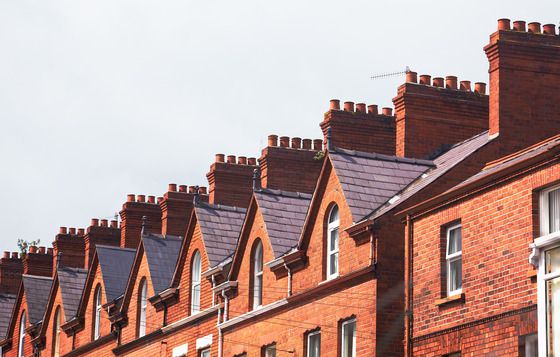It is frustrating and sometimes downright scary to notice mold growth on your walls, favorite furniture, and personal belongings. In such cases moldy drywall and other porous items typically have to be discarded by professional mold remediators. Fortunately, you can often salvage some specific types of moldy semi porous and non porous or hard items yourself. In this post we share some tips on removing mold from hard or semi porous and non porous surfaces.
Safety and Disclaimers
First of all, the removal should not be done by the home owner if it is a serious or even a moderate mold problem. If you have mold on several items you really should contact a mold inspector who is familiar with leak detection and humidity mold issues and how to identify them and how to deal with the cause. Next contact a mold removal company to do the actual removal. If you clean mold, do so at your own risk. Most mold problems must be removed by mold removal professionals and not cleaned. Only remove mold if it is a tiny amount and growing on a hard non porous surface. Before you come in contact with the molds it is vital to wear an N95 respirator or better, and wear protective eye wear, and rubber gloves. This will lessen your chances of health reactions because you will be able to protect yourself from some of the spores. If near an AC turn it off to deter spores from being pulled into the system during cleaning. If you are sensitive to mold, if you have asthma, or if you have a compromised immune system then do not go near the mold, not even with protective clothing.
Spore suppression
Remember that you must disinfect the growth and suppress spore dispersal by spraying the growth very gently with a safe and approved wetting agent that acts as a fungicide. This is done so that the spores are wet and heavy and fewer spores enter the air during cleaning.
Remove the growth
Now you need to remove the visible mold and even the deposits of microscopic mold fibers and spores from your furniture or other hard surface. For this, you must utilize a soft cloth or sponge with a mild detergent that will not be harsh on your wooden furniture or other personal belongings. Tough scrubber and harsh chemicals may create ugly scratches or stains on the items being cleaned! Dampen the cloth very lightly and vigorously rub it on a moldy section of the surface. Check to assure that the process is not damaging surfaces being cleaned. If it is working properly and no damage is seen then continue. It is very important to make sure no moisture remains on the items being cleaned.
The above-referenced fungicide with mild detergent should get rid of most surface molds on hard surfaces but some spots of growth may be persistent and will not come off easily.
Cleaning Clothes
Dealing with those powdery white mold spots in closets is sometimes easier than people realize. If clothes are moldy they can often be washed or dry cleaned per manufacturers recommendations. Shoes, belts, suitcases, and textile items that cannot be washed may need to be discarded. Mold on surfaces especially on clothes where leaks are not involved is often caused by humidity. Have an inspector investigate and give advice on humidity control and if the problem is extensive have a remediator do the cleaning.
If done correctly cleaning mold on semi porous surfaces and non porous surfaces is no different than cleaning mold from shower tile.
Other Tips
Never apply bleach and ammonia, or bleach and acid, or for that matter never mix any chemicals or you will create and breathe in unhealthy fumes.
Repair all leaks and always make sure that humidity is constantly below 60% RH indoors or the mold will return.
In most cases do not clean mold from porous surfaces like drywall.
Daryl Watters is a licensed mold assessor and indoor environmentalist providing consultation and remediation recommendations in South East Florida at A Accredited Mold Inspection Service, Inc.


2 comments